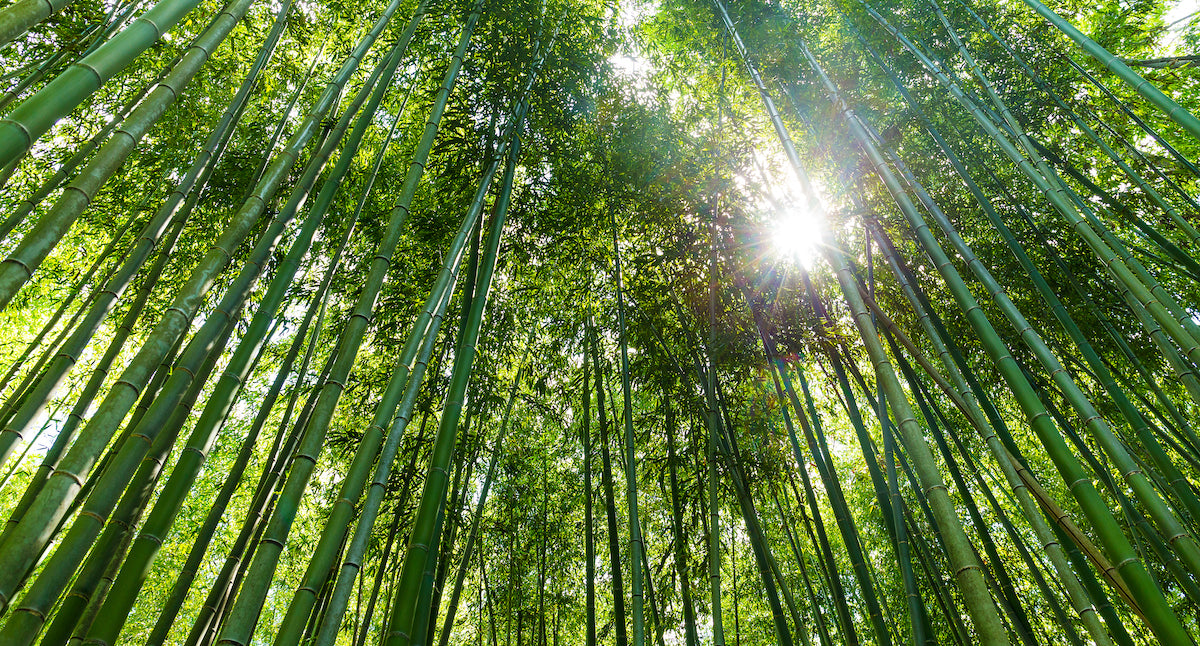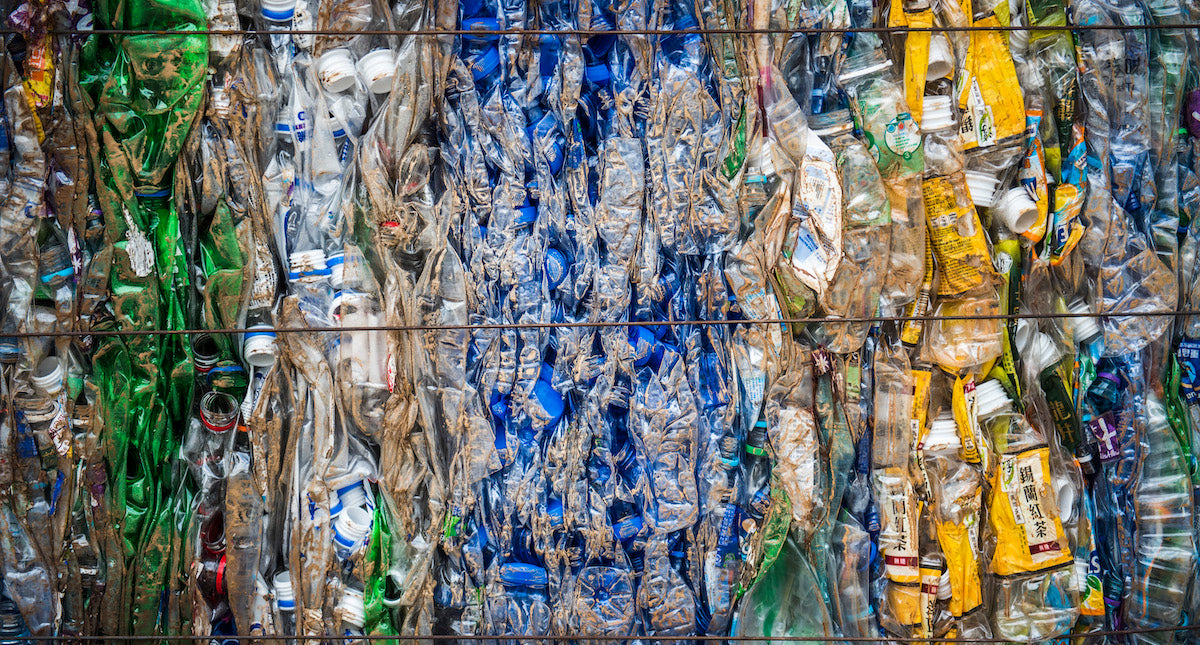
Hemp or Hemp The Green Alternative of Tomorrow
Today we want to talk about the most ecological textile that exists, which has been demonized for being a plant classified as Cannabis Sativa, that is, hemp. It is interesting how the morbidity surrounding this fiber has led to its disuse when historically hemp was a very popular fiber for the use of ropes and textiles.
Currently, the most commonly used fiber for making clothing is cotton. The problem with cotton is that its high demand makes it an extractive crop. The other problem is that in order to grow it, it needs pesticides that are extremely harmful to the environment, the soil, and the people who work the land. In addition, it needs enormous amounts of water.
Now let's talk about how amazing hemp is and its benefits, both for us and for the environment. Unfortunately, it is a super powerful plant that does not receive the credit or attention it deserves and that is why today we decided to talk about its benefits so that more and more people know about it.
Let's learn a little more about her:
- It uses 90% less water to grow than cotton and produces 2.5 times more fiber.
- It does not require any type of pesticides to grow, making it a completely organic and natural fiber.
- It is hypoallergenic, which means it is good for sensitive skin too.
- It protects from UV rays and is porous so your skin can breathe.
Hemp Global Studies estimates that for every ton of hemp grown, it absorbs 1.63 tons of CO2. And not only in the air, it also heals the soil, as its cultivation returns 60 to 70% of nutrients back to the soil.
I bet you didn't know all this, and you're probably wondering. If it's such a wonderful plant, why aren't we all using it?
Hemp is still an expensive textile, unfortunately. Because of the quantity in which it is grown, it cannot be sold at the same price as cotton, for example. Investing in hemp clothing is a good decision because it has a long lifespan, as it is very resistant and durable, so it will be worth the investment.
Hemp is the future of textiles, being much more efficient, more friendly to the environment and to us. As its consumption becomes more popular, prices are expected to become more accessible, since at present it is only produced in small quantities and sometimes only on request.
If this were to become popular as a sustainable textile, that would be great, as long as the cultivation practices remain the same, so that in the end, this incredible plant does not suffer the consequences of our consumerism.



